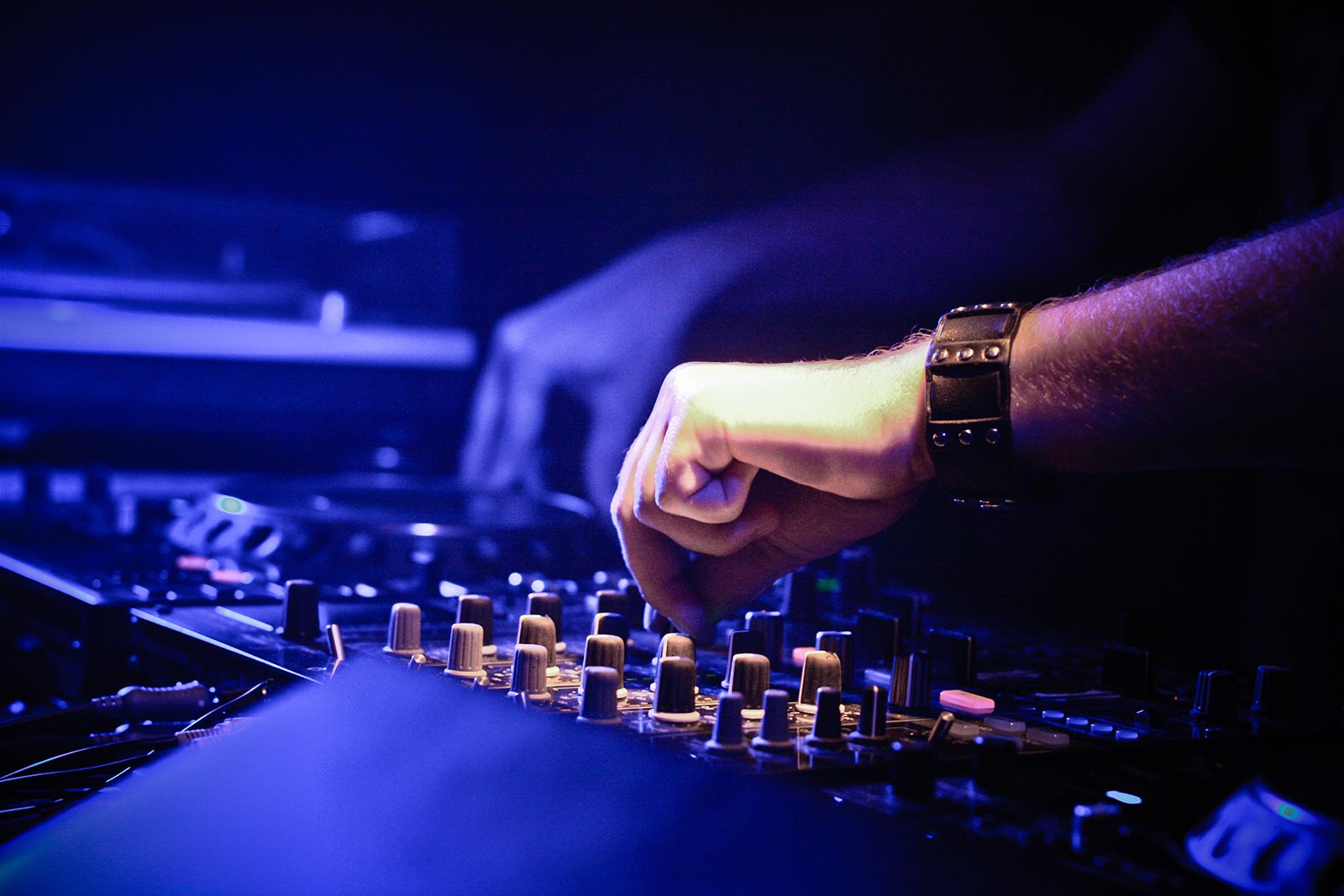This website uses cookies so that we can provide you with the best user experience possible. Cookie information is stored in your browser and performs functions such as recognising you when you return to our website and helping our team to understand which sections of the website you find most interesting and useful.
The European Union has 5,316 miles of high-speed rail, China's network exceeds 31,000 miles, while America has a high-speed line mileage of zero.
But the high-speed rail revolution may well be underway in the U.S., with some in the industry quietly optimistic that one day the country will have a comprehensive network of high-speed trains.
Work has begun on Brightline West, a line costing $12 billion that will run from Las Vegas to an outer suburb of Los Angeles. When it launches in December 2028, it will be the first-ever 186mph train in the States.
And California is building a $128 billion, 220mph line that will take passengers from Los Angeles to San Francisco in under three hours when it begins operations sometime between 2031 and 2033.
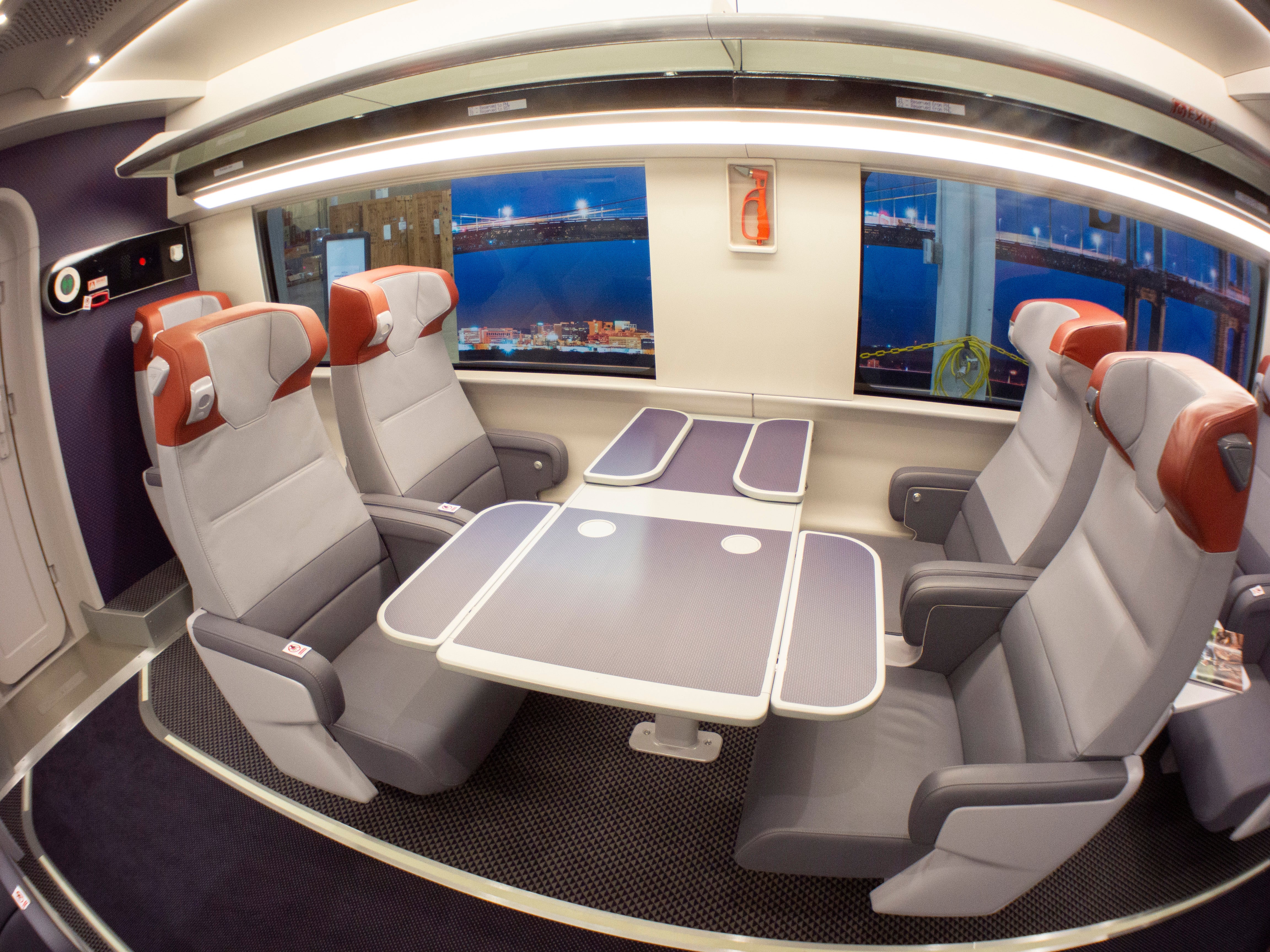
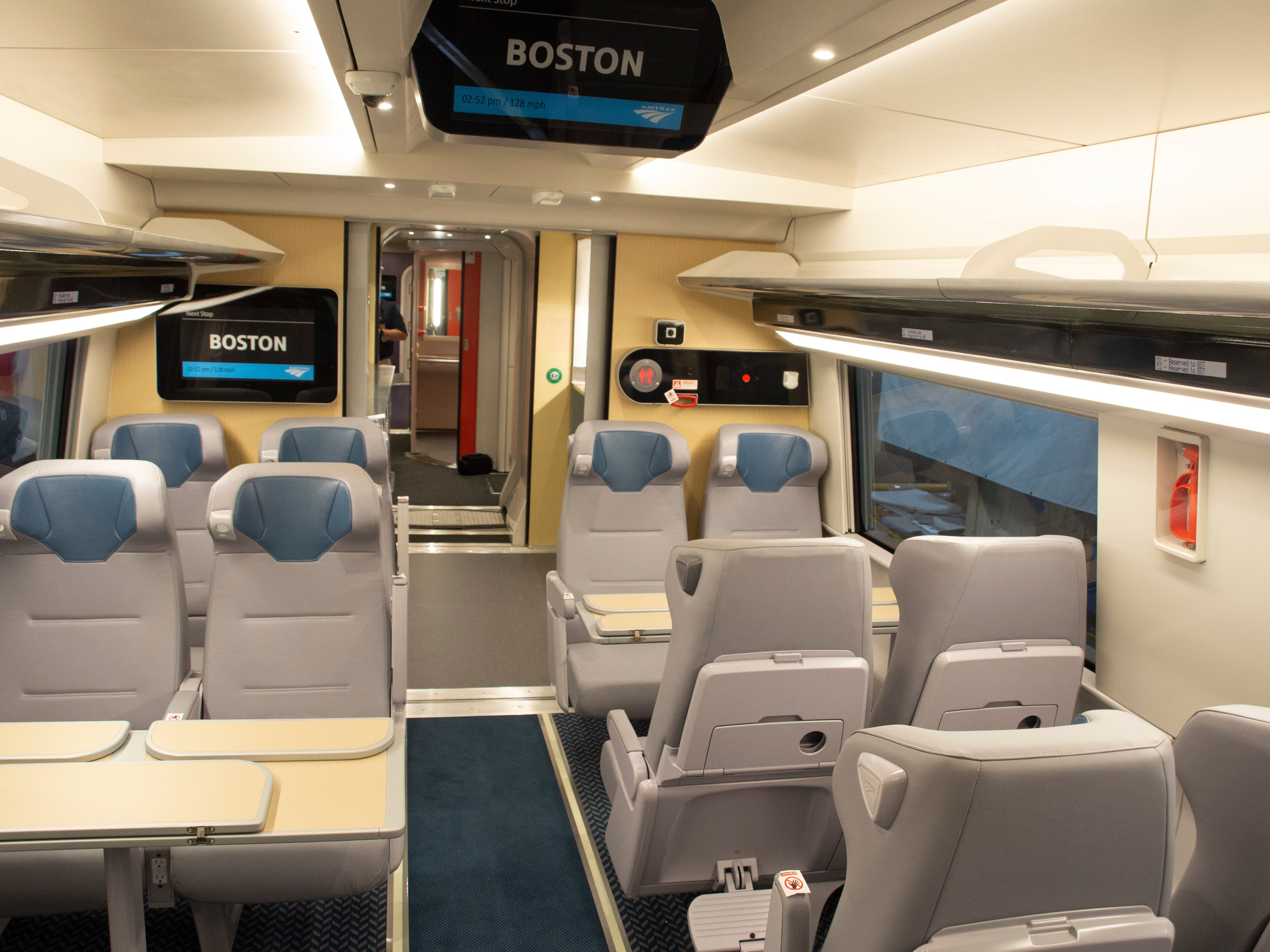
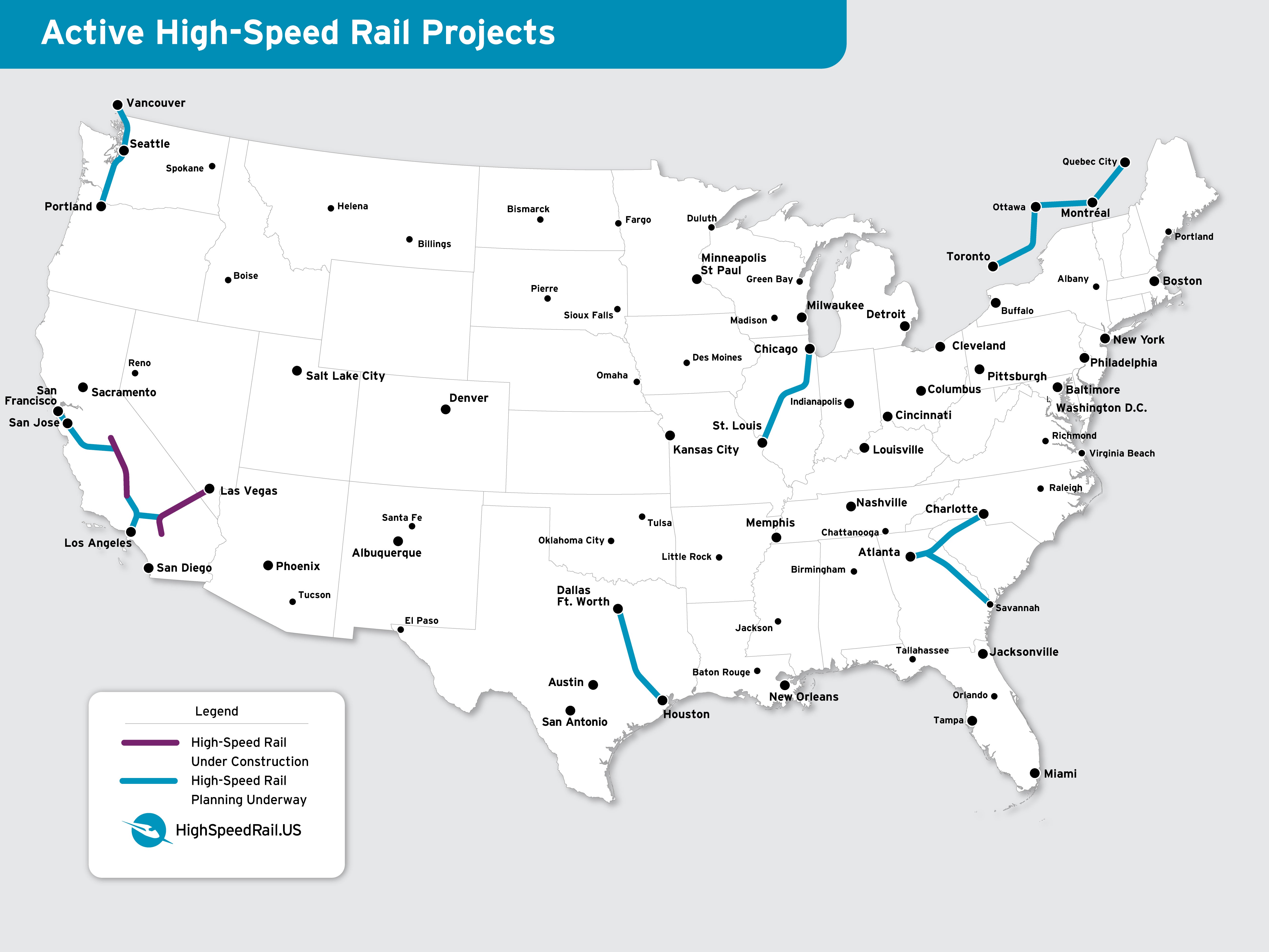
Rick Harnish, the Executive Director of the High Speed Rail Alliance, stresses to The Independent that there is "no doubt" that Brightline West will be a catalyst for other high-speed projects, the definition of "high speed" generally acknowledged as above 150mph.
Rick also points to the imminent launch of Amtrak's 160mph Acela trains as a crucial step in the right direction for high-speed rail in America.
These trains, due to debut in the next few weeks, will serve the Northeast Corridor, from Washington, D.C. to Boston via New York.
Rick explains that because "it's an old corridor that has slowly been rebuilt, there are different speeds in different places".
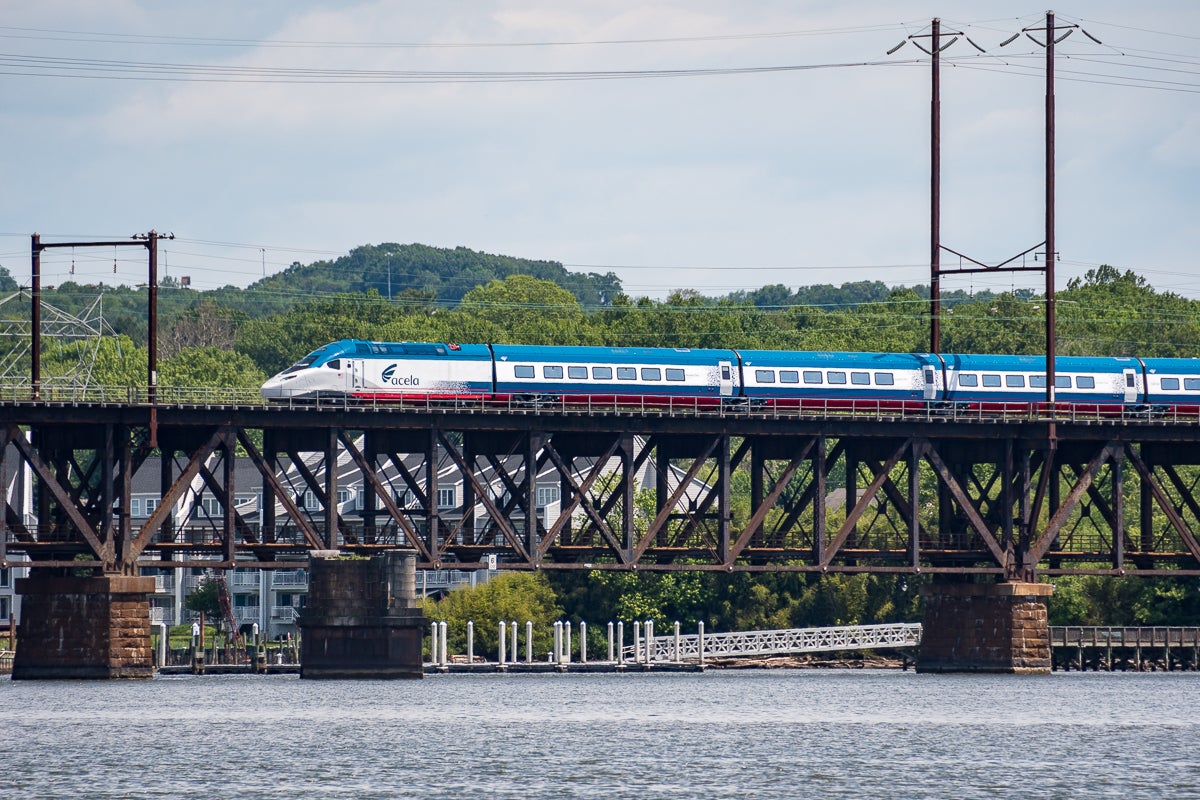
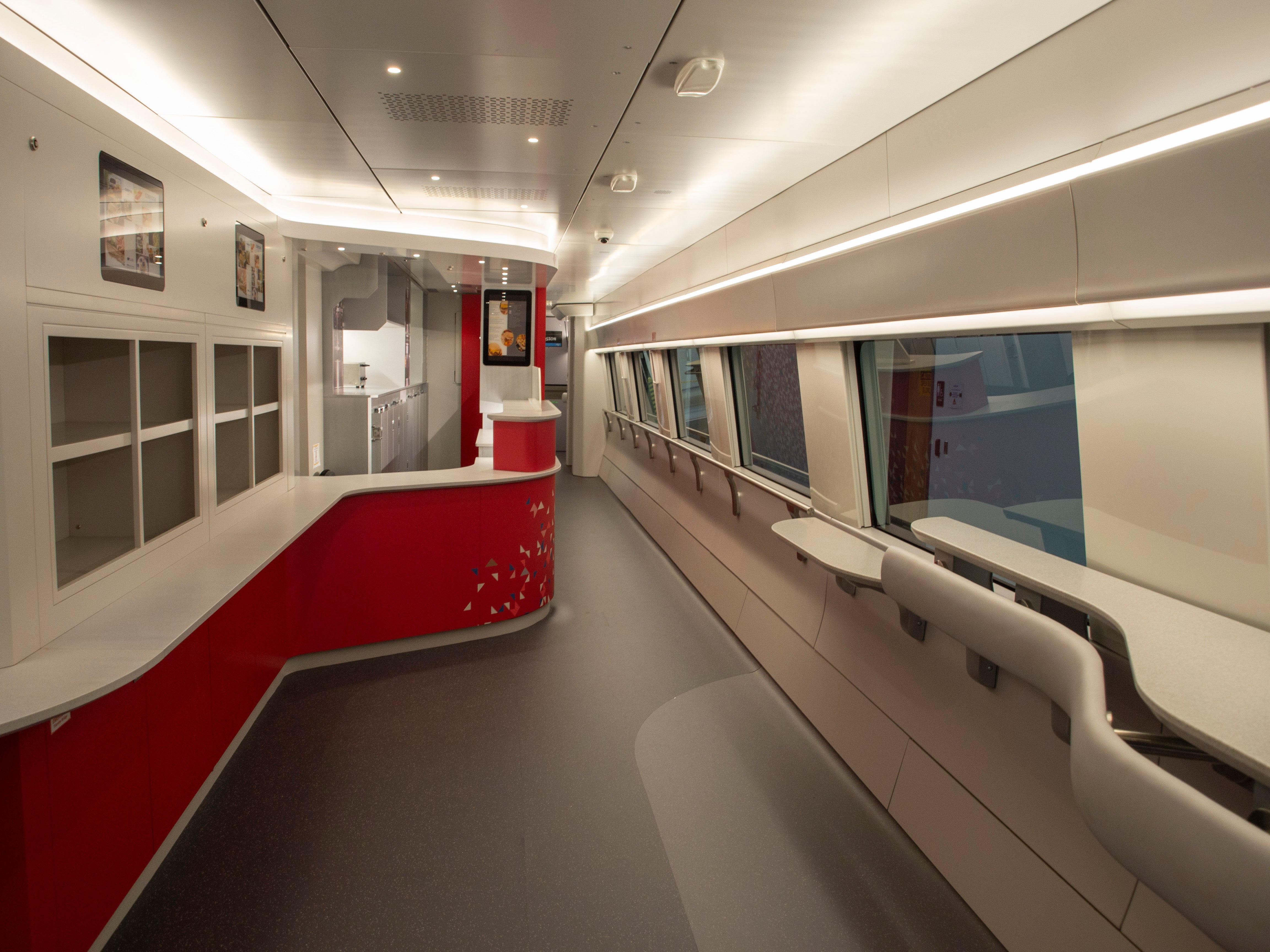
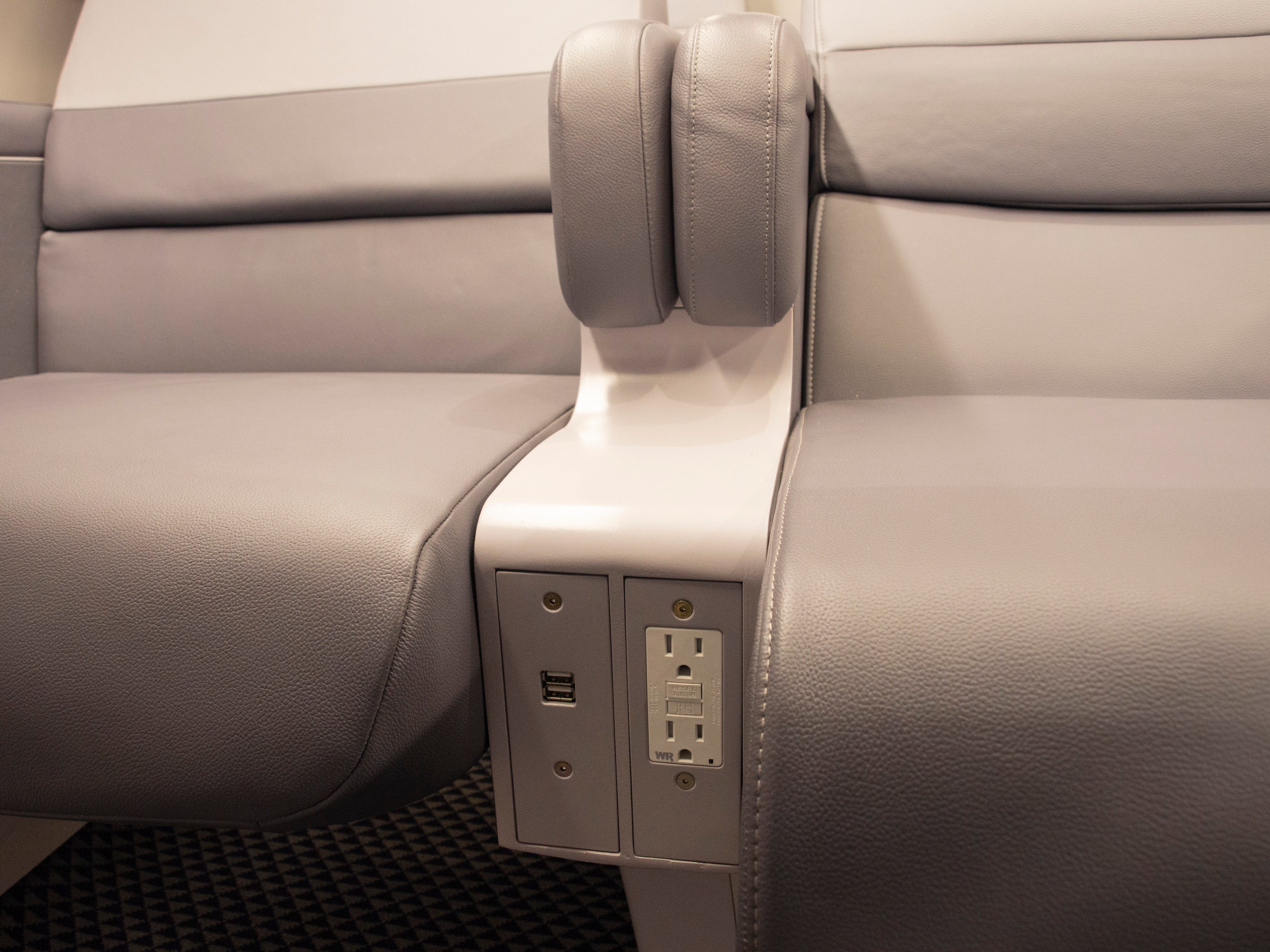
He continues: "Mostly it's 110mph. But there is one short section near Princeton in New Jersey where they can get to 150mph and a short [150mph] section in Connecticut.
"The Northeast Corridor has gotten the most significant funding for passenger rail for decades. We would call that regional rail, but it's important."
Read more: These US attractions make the list of the world’s most beautiful museums
Features on the new Acela trains include onboard café cars, Wi-Fi, in-seat USB ports and plug sockets, winged headrests that Amtrak says "provide more comfort and separation", and seat covers made out of recycled leather.
Plus, there's an interactive reservation system that will allow passengers to change their seats using the Amtrak app.
As swish as the new Acela trains will be, Rick believes that it's the high-speed projects on dedicated lines that will help "change the way people travel across the country".
One major obstacle is that traveling by road or air is embedded from the top down in America.
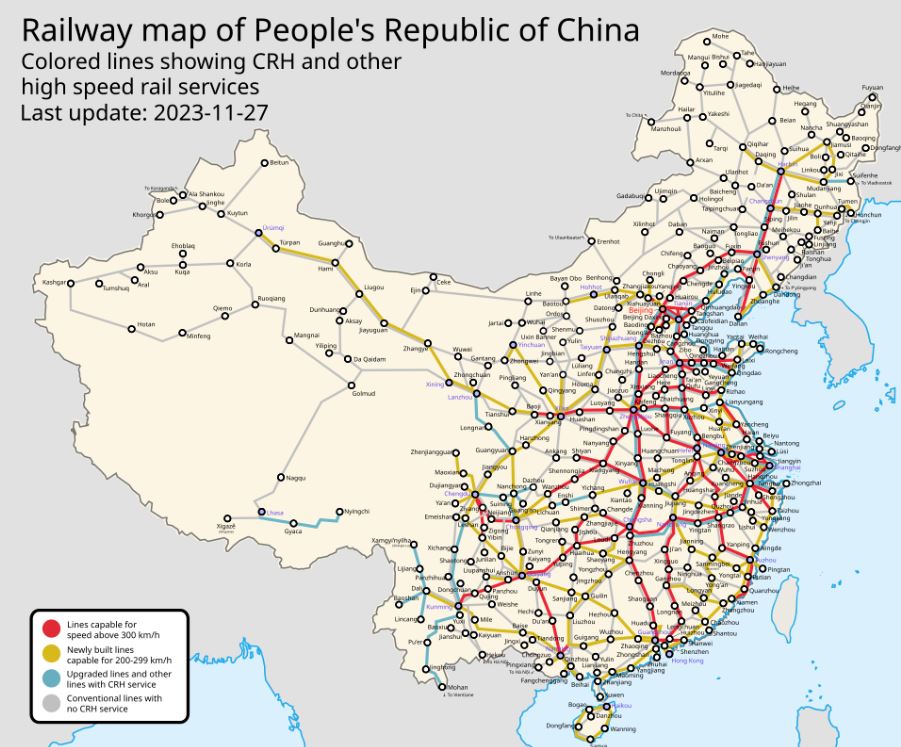
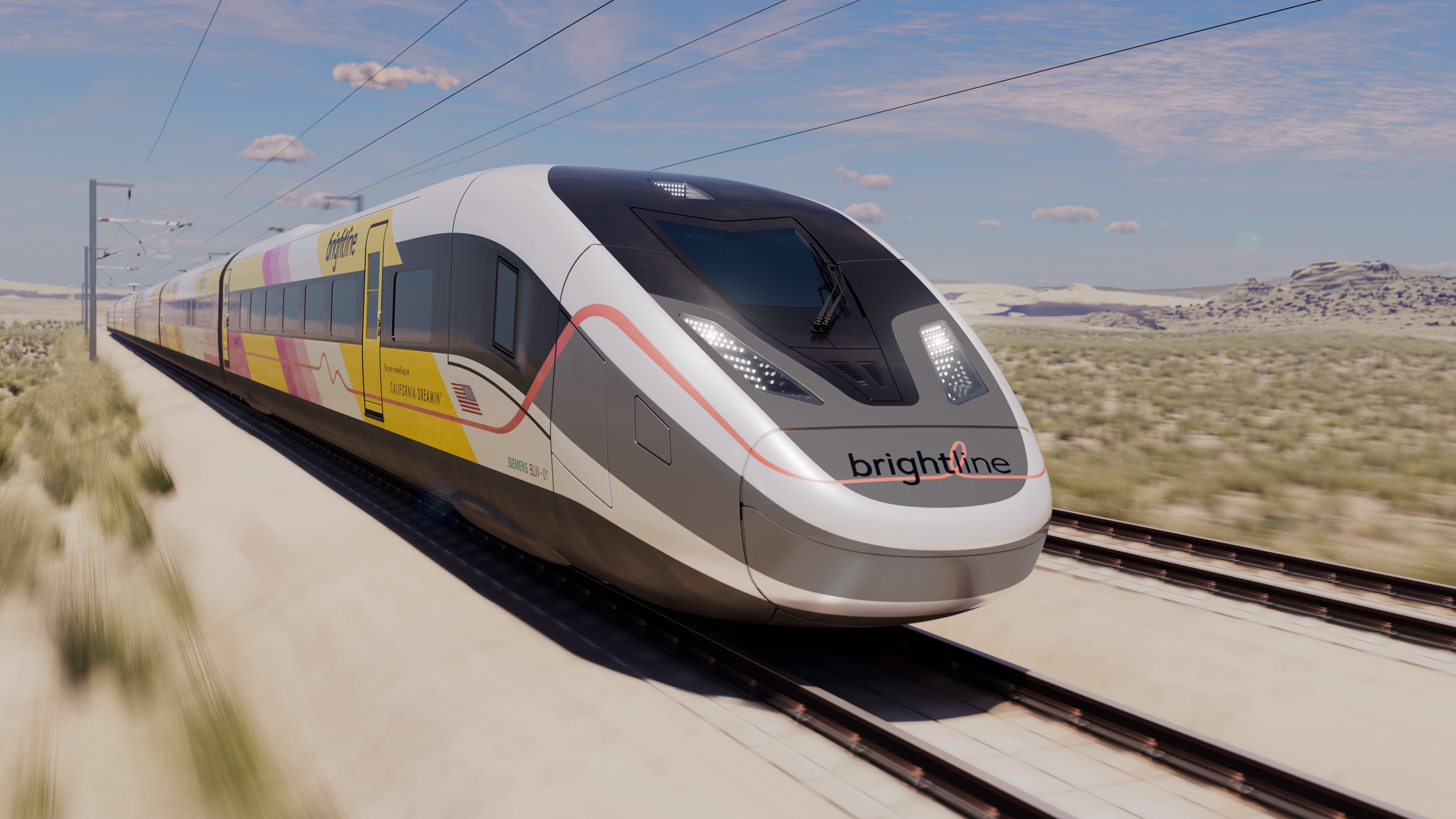
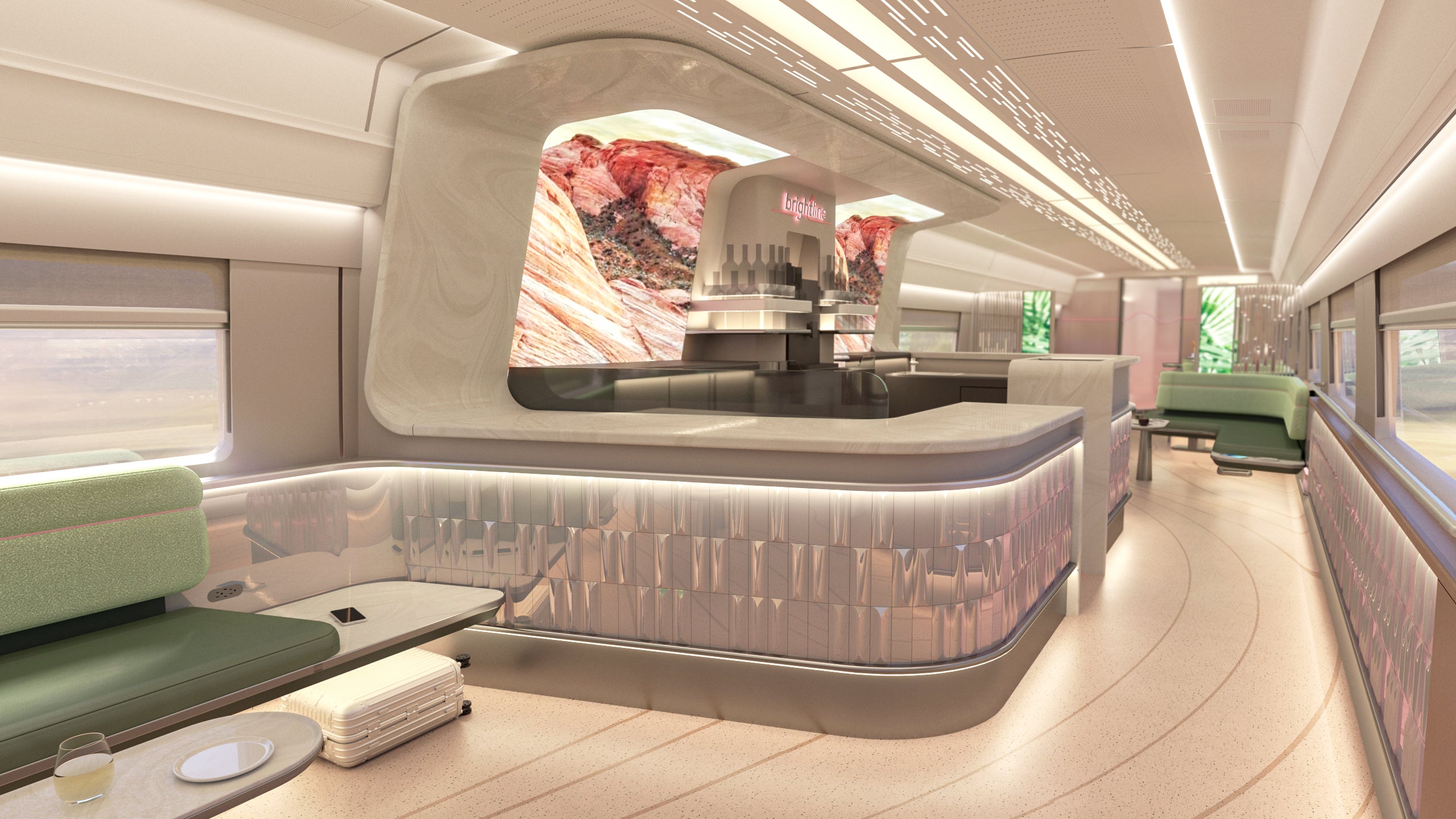
A cultural and political shift will be needed for a high-speed rail network to flourish.
Rick says, "The federal government has forced us to focus on moving cars fast, not on building communities that are healthy, productive, and enjoyable places to live."
In a blog post, the High Speed Rail Alliance blames "perverse incentive structures and feedback loops" for America's rail system lagging behind Europe and China's.
It said: "The industries that profit from building more congested highways and airports fund political campaigns and think tanks devoted to lobbying legislatures for more highways and airports.
"Naturally, policymakers are responsive to the people who fund their campaigns and rationalize their policy priorities."
A case in point, US Transportation Secretary Sean Duffy recently described a proposed high-speed line between Houston and Dallas as a "waste of taxpayers' money".
New York-based author Will Doig — who wrote High-Speed Empire, Chinese Expansion, and the Future of Southeast Asia — agrees with the High Speed Rail Alliance, telling The Independent that "political will and government funding are the prime suspects" behind high-speed rail inertia.
But he name-checks other factors, too.
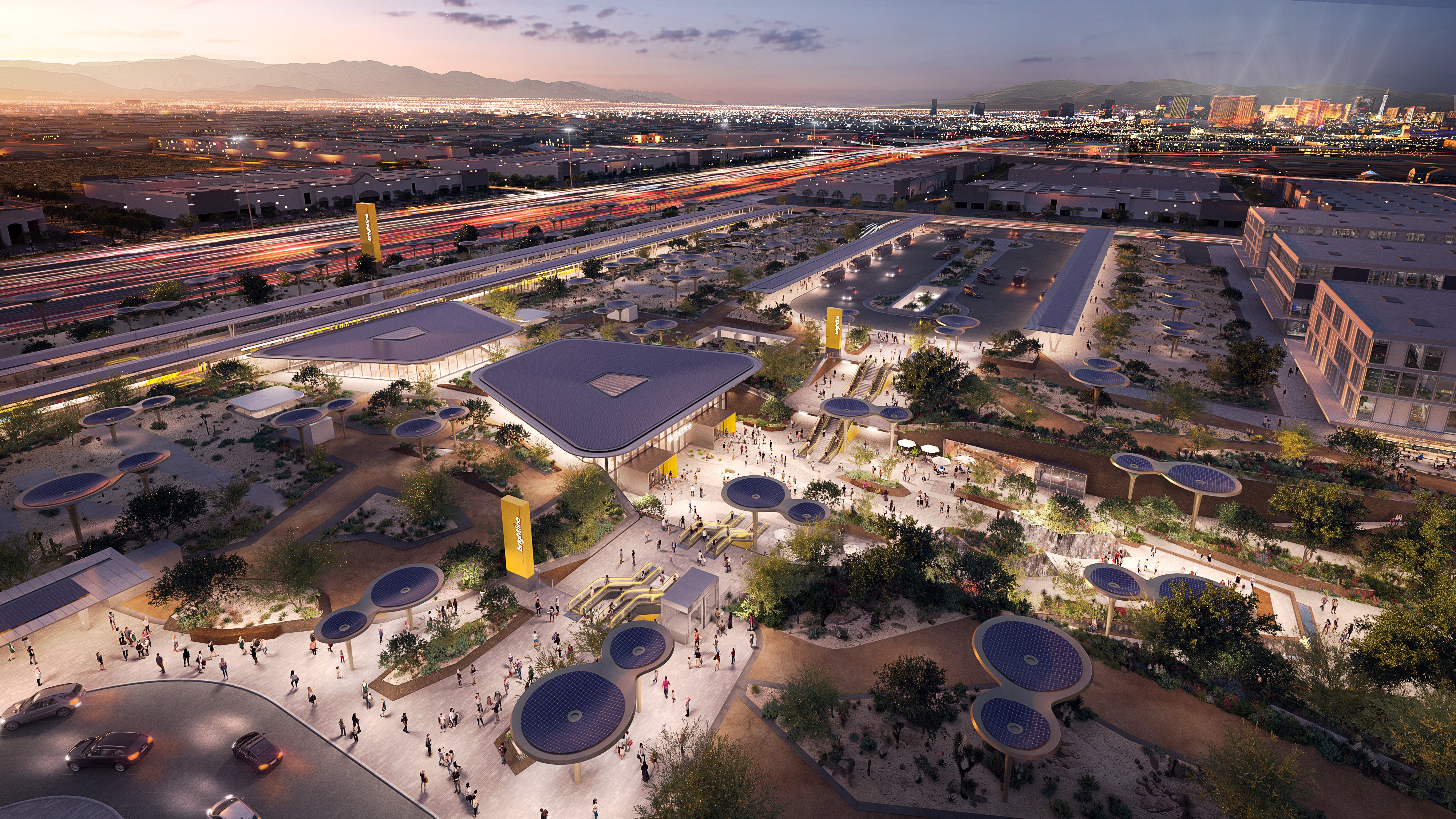
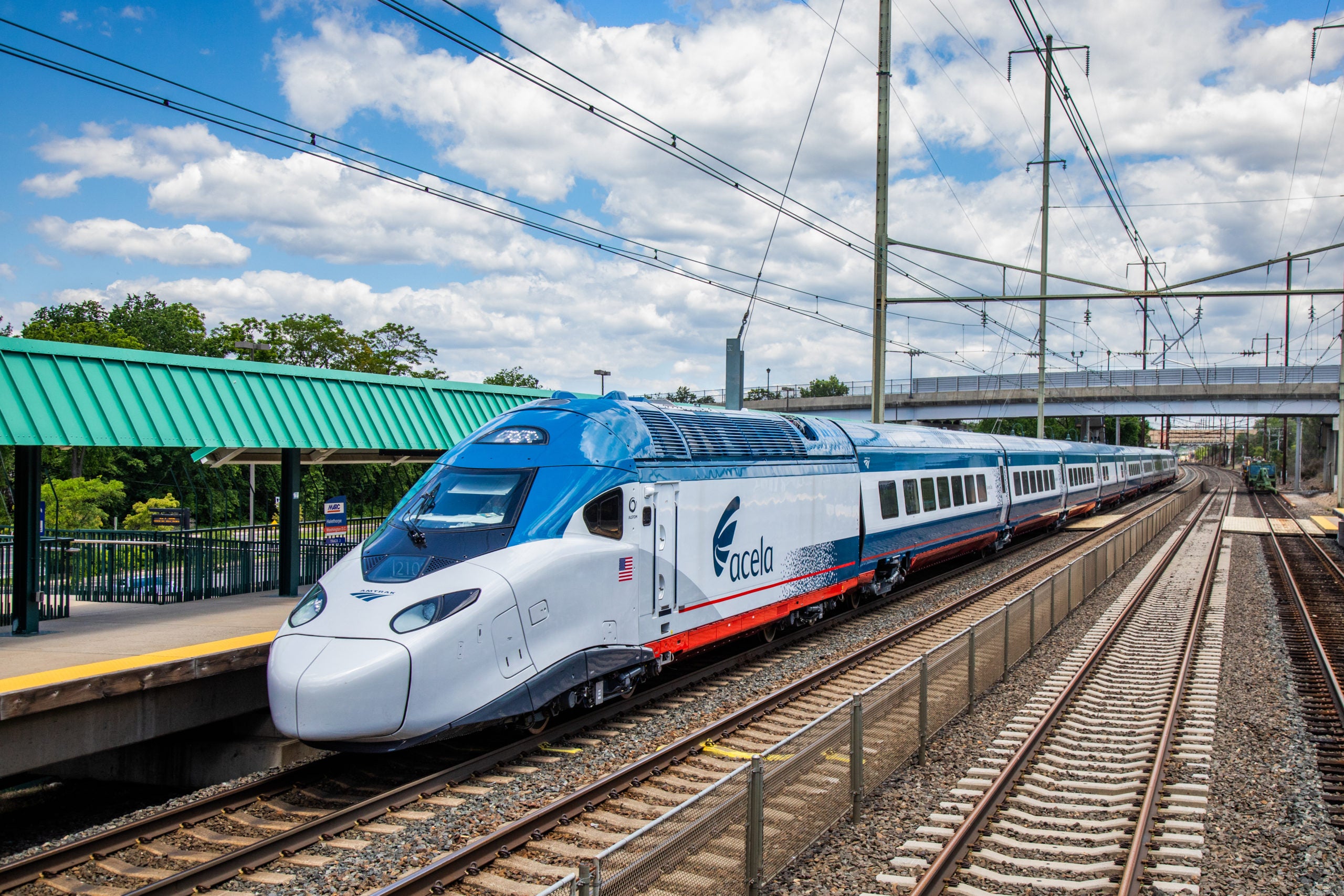
He continues: "There are other reasons American infrastructure has stalled. For instance, environmental impact assessments have ironically become a tool that any group can use to delay or kill a project they don't like, even if that project would ultimately have a net-benefit for the environment."
Does he think Americans can ever be fully converted to rail travel?
Will replies: "We know that people will take the train if the infrastructure makes it worth it. We know this because they already do: train travel is commonplace in the Northeast, where rail is often the fastest and most convenient option.
"But in most other parts of the U.S, rail is a third-rate option, plagued by delays and slow trains.
"Asking Americans to choose that option over flying or driving is unrealistic.
"We shouldn't be asking whether Americans will ever convert to train travel, we should be asking whether America will ever provide railways worth converting to. When things work well, people use them."



 Africana55 Radio
Africana55 Radio 